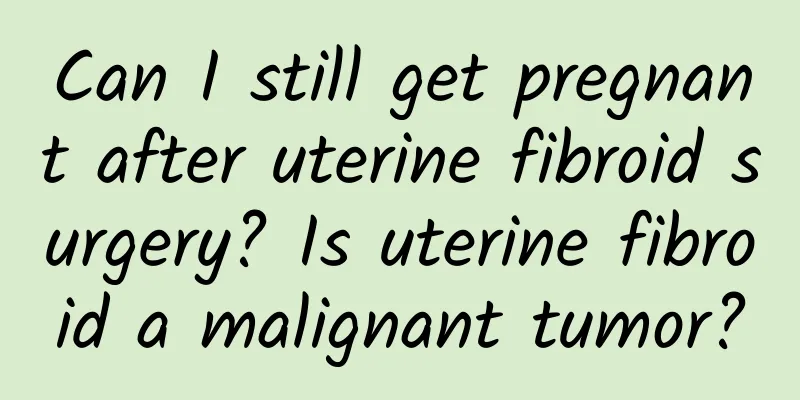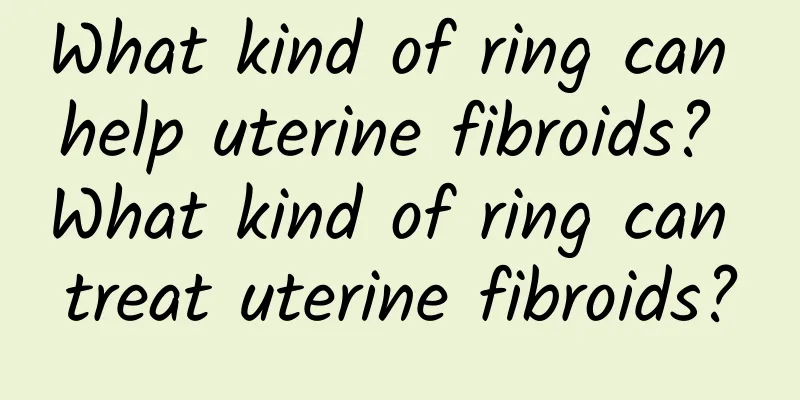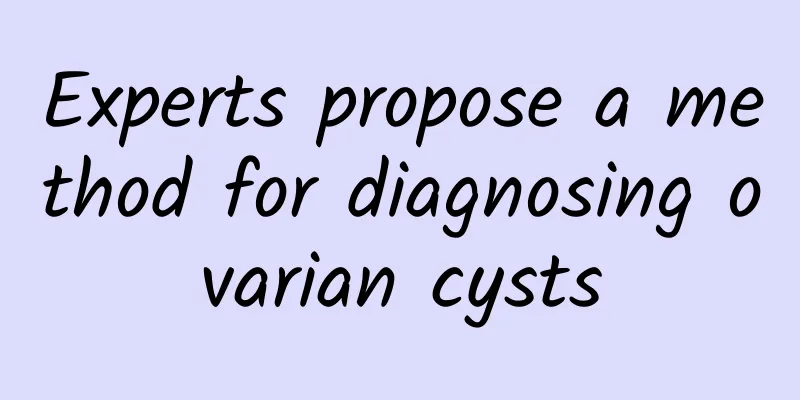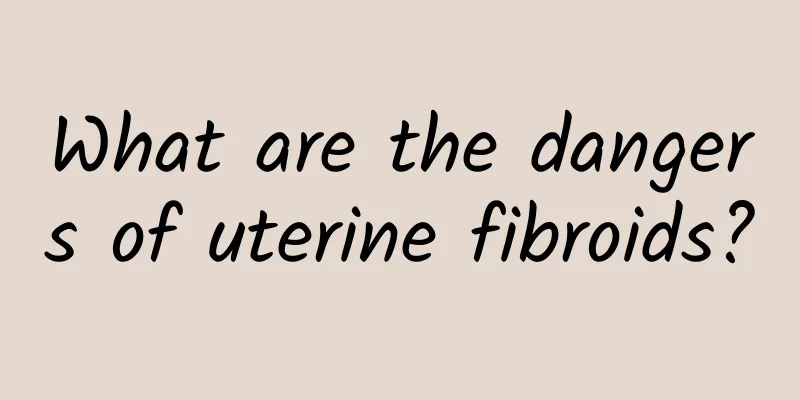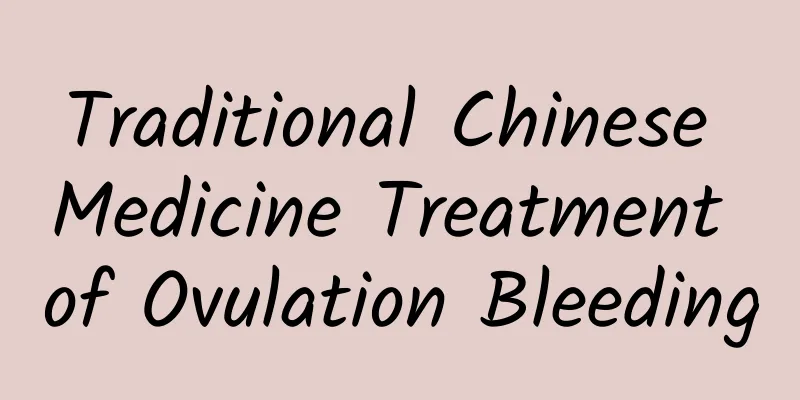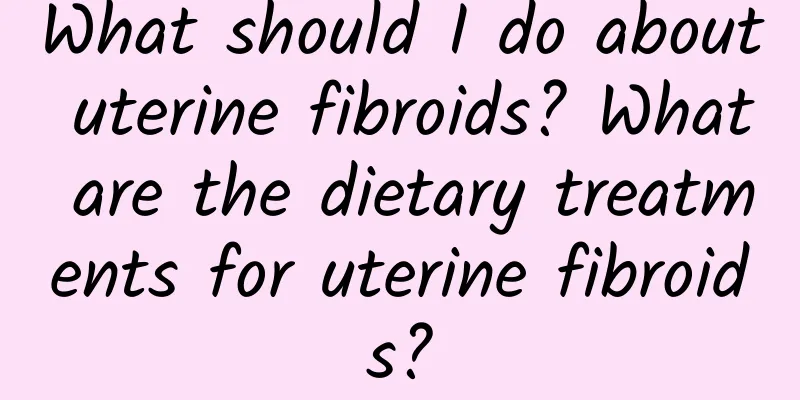Is interventional embolization useful for adenomyosis?

|
Patients with adenomyosis can choose interventional embolization therapy, which is an effective uterine preservation therapy suitable for patients who want to relieve symptoms and improve their quality of life but do not consider surgical removal of the uterus. Interventional embolization therapy blocks the blood flow of the uterine artery and reduces the blood supply to the adenomyosis tissue, thereby relieving symptoms such as pain and increased menstruation. 1What is interventional embolization therapy? Interventional embolization is a minimally invasive treatment method. The doctor inserts a catheter into the uterine artery under the guidance of imaging and injects embolic materials to block the blood supply of the diseased tissue. For patients with adenomyosis, this method can gradually shrink the diseased tissue and reduce the persistent pain and menstrual abnormalities caused by adenomyosis. Because the operation is less invasive and the recovery is fast, this technology has gradually become one of the treatment options for patients with adenomyosis. 2. Mechanism of action of interventional embolization therapy on adenomyosis The pain and menorrhagia of adenomyosis are mainly due to the inflammatory response and uterine enlargement caused by the ectopic glandular tissue in the myometrium. Interventional embolization therapy can reduce blood supply, shrink the glands in the affected area, and reduce inflammation, thereby alleviating symptoms. This treatment does not affect the basic structure of the uterus, so it is suitable for patients who need to preserve the uterus. 3. Applicable population for interventional embolization therapy This treatment is most suitable for patients with obvious symptoms, ineffective or poor results of drug treatment, and who are not suitable for surgical removal of the uterus. In particular, this treatment can be considered for patients who want to preserve their fertility, have requirements for health recovery time, or are afraid of hysterectomy. However, women who are not ready to complete childbearing should be fully evaluated before treatment, because uterine artery embolization may have a certain impact on fertility. 4. Postoperative recovery and precautions After receiving embolization therapy, patients may experience some mild discomfort, such as abdominal pain, fever or fatigue, which is normal. Doctors usually recommend 1-2 weeks of rest after surgery and long-term follow-up to observe the improvement of the condition. The diet after surgery should focus on light, avoid raw and cold food, and speed up recovery after surgery. Interventional embolization therapy provides a relatively low-risk treatment option for patients with adenomyosis that preserves the uterus. However, treatment decisions require a comprehensive assessment of the condition and personal needs. It is recommended that a clear treatment plan be developed under the guidance of a professional doctor. With a comprehensive understanding of the treatment, patients can better manage the disease and its effects. |
<<: Vaginal bleeding after abortion
>>: Can frequent dysmenorrhea lead to infertility?
Recommend
Experts explain the symptoms of pelvic inflammatory disease
There are many kinds of gynecological diseases, a...
What should I do if I have sex half a month after abortion?
What should I do if I have sex half a month after...
How big is an ovarian cyst that requires surgery?
How big does an ovarian cyst need surgery? Ovaria...
Women's dysmenorrhea is likely to cause symptoms of ovarian cysts
Everyone has been looking for the symptoms of ova...
What medicine should I use for bacterial vaginosis?
The appearance of bacterial vaginosis will make m...
What causes uterine fibroids?
Treatments for uterine fibroids include medicatio...
What are the symptoms of endometrial tuberculosis during menstruation?
According to clinical data, in recent years, the ...
Patients need to understand the diagnosis of irregular menstruation
At present, irregular menstruation is a very seri...
Diagnostic criteria for postmenopausal bleeding
Many people are actively asking about the diagnos...
What are the treatments for uterine fibroids? Can uterine fibroids turn into uterine cancer?
Treating uterine fibroids Many factors must be co...
What medicine should I take for ovulation bleeding?
What medicine should I take for ovulation bleedin...
The difference between female adnexitis and pelvic inflammatory disease
Adnexitis is a common disease caused by pathogeni...
Can I just buy some fruit and put it in the refrigerator? (superior)
Did you know that fruits can also catch colds? Di...
Prevention of cervical hypertrophy should be done in daily life
In life, some women are also prone to different d...
What are the symptoms of pelvic inflammatory disease?
As a common gynecological disease, pelvic inflamm...
